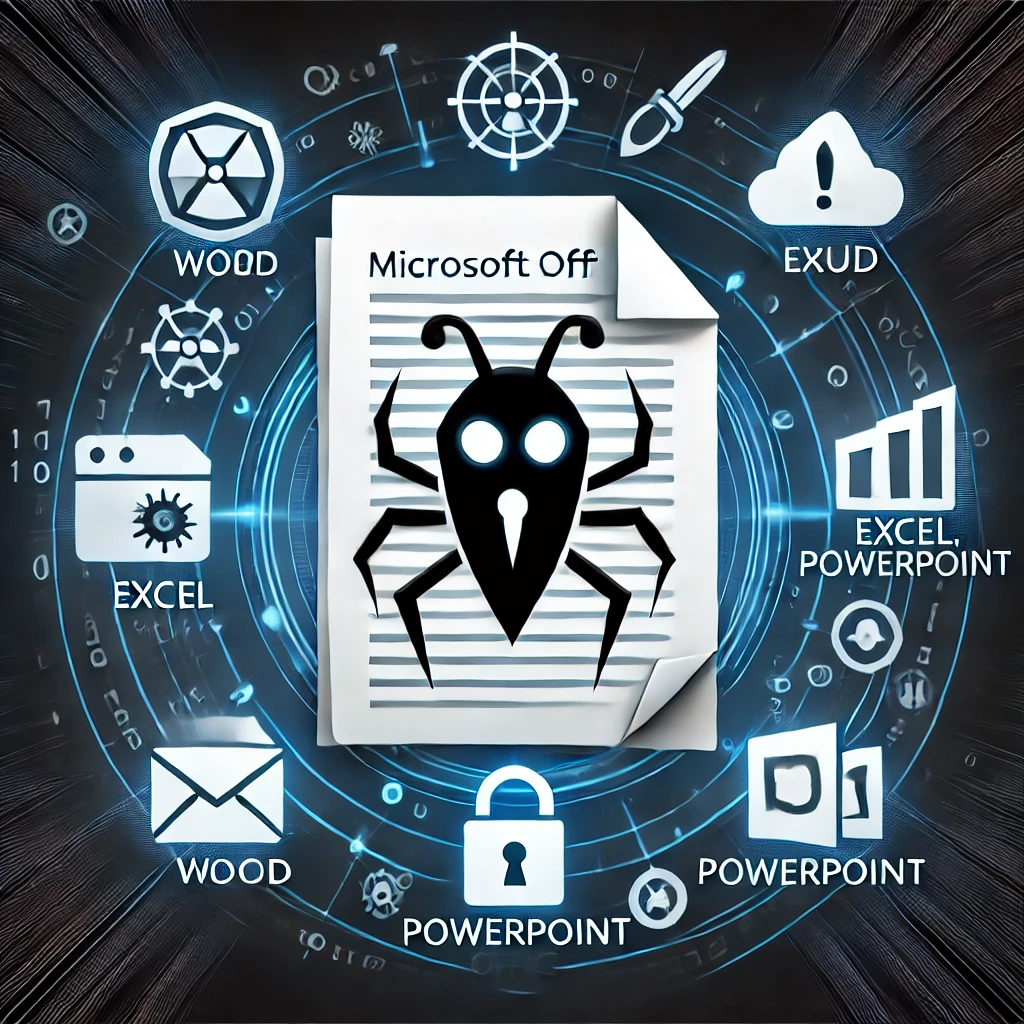Threat Actors Exploiting Microsoft Office to Execute Malicious Code
Microsoft Office, a cornerstone in productivity software, has become a prime target for cybercriminals seeking to execute malicious code on users' systems. Exploiting vulnerabilities within Office applications, these threat actors can gain unauthorized access, leading to data breaches, financial losses, and compromised system integrity.
Recent Vulnerabilities and Exploits
- CVE-2024-43576: This remote code execution vulnerability affects certain versions of Microsoft Office, allowing attackers to run arbitrary code on an affected system. Exploiting this flaw can result in unauthorized access and potential system control.
- CVE-2023-21716: A critical vulnerability in Microsoft Word's RTF parser, with a CVSS score of 9.8, enables adversaries to execute arbitrary commands via malicious RTF files. Notably, exploitation can occur even when the malicious document is viewed in the Preview Pane, without being fully opened.
- CVE-2023-36884: This zero-day vulnerability in Microsoft Office and Windows HTML has been actively exploited using specially crafted Office documents. Exploitation requires the user to open the malicious document, leading to potential remote code execution.
- Follina Vulnerability (CVE-2022-30190): Discovered in 2022, Follina is a code execution vulnerability in Microsoft Office that allows attackers to execute arbitrary code via malicious documents. The attack can be initiated through email-delivered documents, USB devices, or even during file previews.
Attack Vectors and Techniques
Threat actors employ various methods to exploit these vulnerabilities:
- Malicious Documents: Attackers craft documents containing embedded malicious code or scripts, often delivered via phishing emails or compromised websites. Opening or previewing these documents can trigger the exploit.
- Social Engineering: Cybercriminals use deceptive messages and prompts to persuade users into enabling macros or executing scripts, thereby facilitating the attack.
- Bypassing Security Features: Techniques such as evading the "Mark of the Web" security feature, which flags files downloaded from the internet, are employed to bypass security warnings and execute malicious code.
Mitigation Strategies
To defend against these threats, consider the following measures:
- Apply Security Updates: Regularly update Microsoft Office and Windows to ensure all security patches are applied, addressing known vulnerabilities.
- Disable Macros by Default: Configure Office applications to disable macros and only enable them when absolutely necessary and from trusted sources.
- Implement Email Filtering: Use advanced email filtering solutions to detect and block malicious attachments and links.
- User Education: Train users to recognize phishing attempts and the dangers of opening unsolicited attachments or enabling macros.
- Utilize Security Features: Ensure that security features like "Protected View" and "Mark of the Web" are enabled to provide additional layers of protection.
Conclusion
The exploitation of Microsoft Office vulnerabilities by threat actors underscores the importance of maintaining robust security practices. By staying informed about emerging threats and implementing proactive measures, users and organizations can significantly reduce the risk of malicious code execution and safeguard their digital assets.
Sources
- CVE-2024-43576: Microsoft Office Remote Code Execution Risk Explained
- CVE-2023-21716: Microsoft Word Remote Code Execution Exploit Explained
- CVE-2023-36884 - Microsoft Office and Windows HTML Remote Code Execution Vulnerability
- The Follina Vulnerability - A Critical Threat to Microsoft Office
- Mark of the Web

